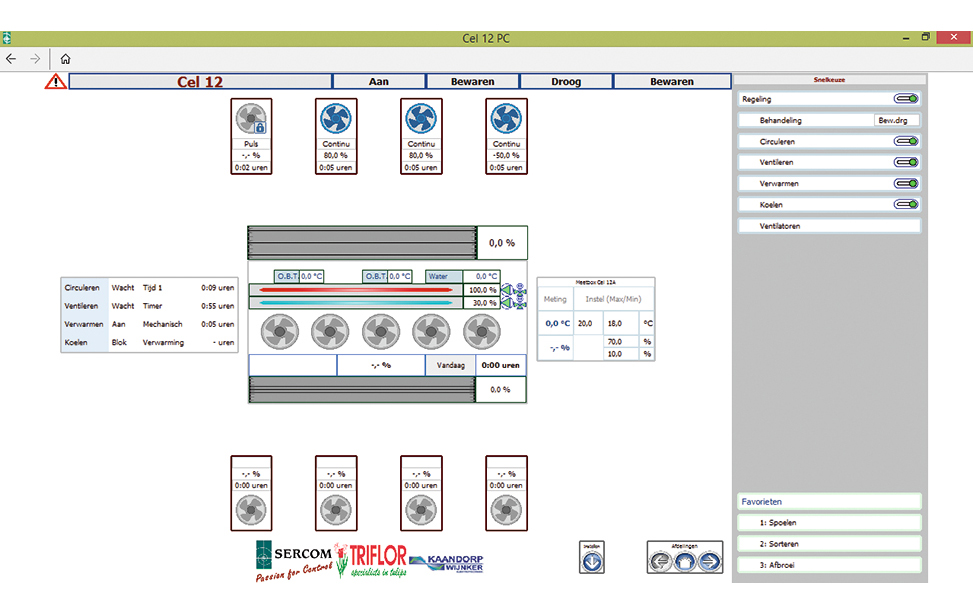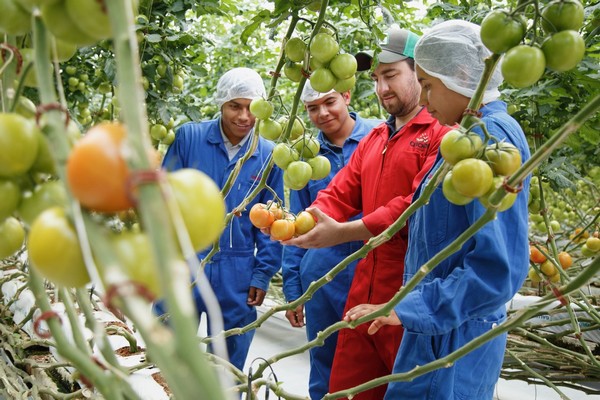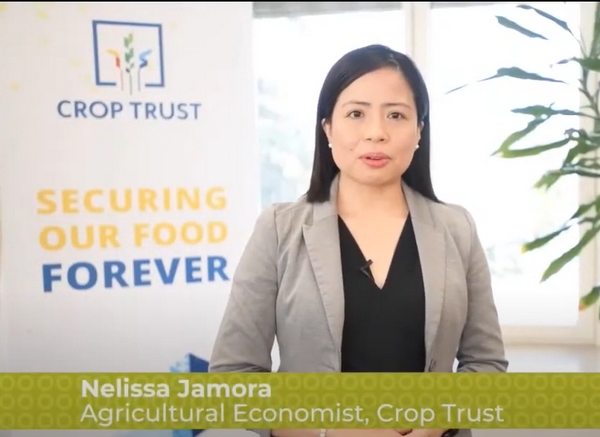The UK imports over half its vegetables and more than 80% of its fruit — a fragile system exposed by recent global disruptions. Could smarter, AI-powered greenhouses reduce dependence on imports and help secure the nation’s food supply? We explore the current state of UK horticulture, the challenges it faces, and the innovations that could transform the sector.
In a nation where tropical fruits and tomatoes in December have become the norm, it’s easy to forget how much of this bounty depends on fragile global supply chains. As of 2023, 53% of vegetables and 83% of fruits consumed in the UK are imported, according to DEFRA (Department for Environment, Food & Rural Affairs). The bulk of this fresh produce travels from countries with warmer climates — Morocco, Spain, Colombia, and Costa Rica — filling shelves and fridges in every British household.
However, this reliance comes at a cost. The combined effects of Brexit-related trade barriers, the Ukraine conflict’s impact on energy prices, and climate-related crop failures in exporting nations have made supermarket shortages more common. British-grown alternatives could be the solution — but scaling up requires more than just desire. It needs technology, investment, and a fresh agricultural mindset.
Enter smart greenhouses.
A Technological Turning Point
Protected horticulture — which includes greenhouses, polytunnels, and vertical farms — allows crops to grow year-round, protected from weather fluctuations and supply chain shocks. These systems control temperature, humidity, lighting, and even CO₂ levels, offering up to 95% water savings and dramatically improving yield consistency.
Yet, the UK has been slow to adopt these technologies. A recent mapping project by the Greenhouse Innovation Consortium identified over 12,000 greenhouses in Britain, but nearly 70% are over 40 years old, using outdated infrastructure that lacks energy efficiency and technological integration.
Compare this to the Netherlands — a greenhouse superpower — where AI-driven climate systems, robotic harvesters, and advanced LED lighting are standard. Dutch greenhouses yield over 100kg of tomatoes per square meter, more than triple the UK average in many cases. And while energy demand is a valid concern in colder, cloudier UK regions, modern systems using renewable energy and better insulation are quickly closing the gap.
The Untapped Potential
Despite its technological promise, the UK’s horticulture sector has faced years of underinvestment. Unlike countries such as Sweden, which recently committed £700 million to greenhouse infrastructure, British growers have received minimal incentives to modernize. Upgrades such as LED grow lights alone can boost yields by 50–75%, but adoption remains low due to upfront costs and lack of policy support.
With agriculture accounting for less than 1% of the UK’s GDP but feeding an entire nation, revitalizing the greenhouse sector isn’t just an economic opportunity — it’s a strategic necessity.
Furthermore, AI-assisted greenhouse management could reduce the need for manual labor and improve sustainability. AI systems can monitor microclimates, predict plant stress, optimize nutrient delivery, and even direct robotic harvesters. Combined with solar energy systems and water recycling, they offer a sustainable path forward.
A Way Forward
The answer isn’t to eliminate imports — Britain’s limited sunlight and land area make complete self-sufficiency unrealistic. But by supporting local, tech-enabled greenhouse farming, the UK could significantly reduce its reliance on volatile global markets. This would not only improve food security, but also reduce carbon emissions from long-distance transport, lower food waste, and create skilled jobs in agri-tech.
The need is clear. The technology exists. What remains is the political and financial will to make it happen.
The UK stands at a crossroads. With climate-resilient greenhouses and smart farming technology, the country can grow more produce year-round, protect its food supply, and reduce its environmental footprint. The key is investment — in infrastructure, innovation, and the growers who will lead the way. A smarter, more self-reliant food future is within reach — if we choose to build it.










